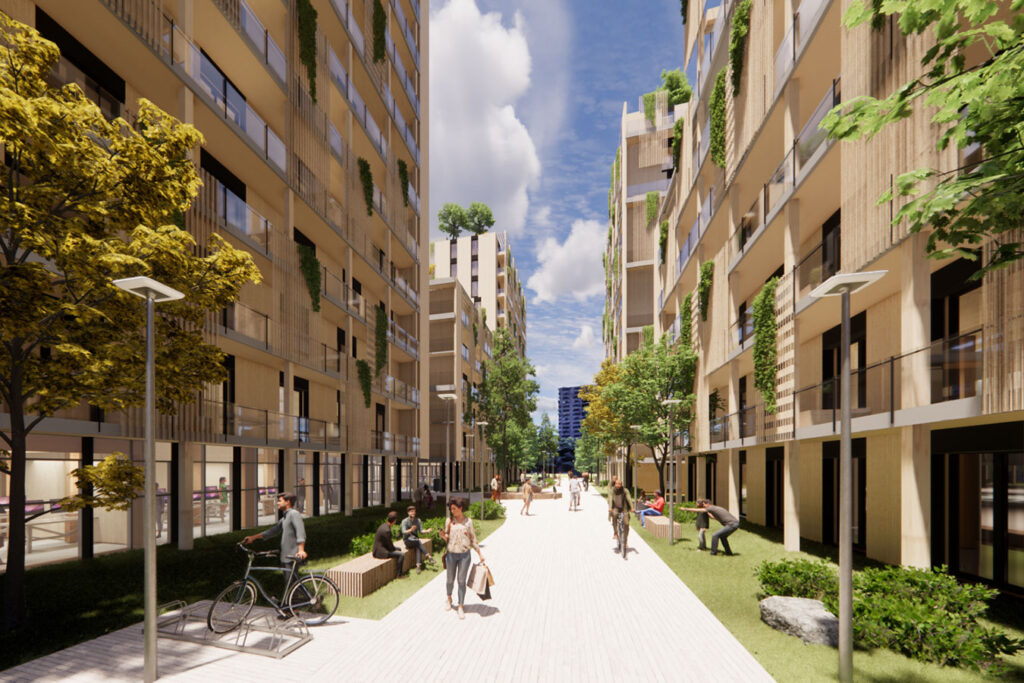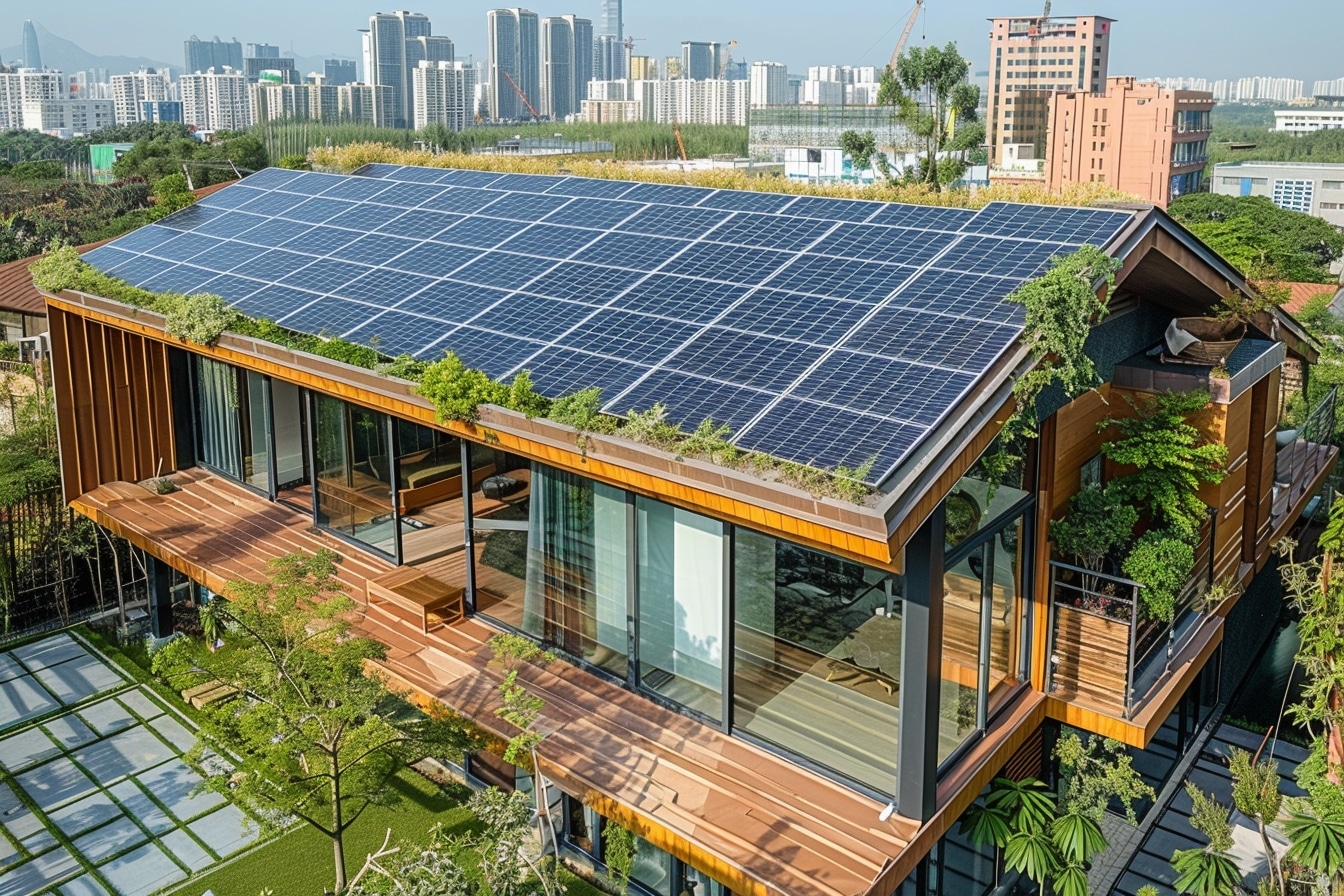
Resilient Housing and Climate Change: Building for a Sustainable Future
As the world continues to grapple with the effects of climate change, the concept of resilient housing is becoming increasingly important. Homes need to be designed and built to withstand the challenges posed by extreme weather conditions, rising sea levels, and other environmental changes. This article explores how resilient housing can help mitigate the impacts of climate change and ensure a sustainable future.

Understanding Resilient Housing
Resilient housing refers to homes that are specifically designed to withstand and adapt to the adverse effects of climate change. These homes incorporate features and materials that help them endure extreme weather events, such as hurricanes, floods, and droughts. By enhancing the durability and adaptability of homes, resilient housing plays a crucial role in safeguarding communities and reducing the risk of displacement.
The Role of Design in Resilient Housing
Design is a critical component of resilient housing. Architects and builders must consider factors like location, building orientation, and material selection to ensure homes can withstand environmental challenges. For instance, homes in flood-prone areas may be elevated on stilts, while those in hurricane-prone regions might feature impact-resistant windows and reinforced roofs.
Incorporating natural ventilation and energy-efficient systems can also enhance the resilience of homes. By reducing reliance on external power sources and improving indoor air quality, these features make homes more sustainable and comfortable.
The Importance of Sustainable Materials
The materials used in constructing resilient housing are of utmost importance. Sustainable materials, such as recycled steel, bamboo, and reclaimed wood, not only reduce the environmental impact of construction but also enhance the durability and longevity of homes. These materials are often more resistant to moisture, pests, and decay, making them ideal for resilient housing.
For more insights on sustainable materials, you can explore this article on recycled materials in construction.
Energy Efficiency and Renewable Energy
Energy efficiency is a key aspect of resilient housing. Homes that consume less energy are not only more environmentally friendly but also less vulnerable to power outages and rising utility costs. Incorporating energy-efficient appliances, LED lighting, and smart home technology can significantly reduce energy consumption.
Additionally, integrating renewable energy sources, such as solar panels and wind turbines, can further enhance the resilience of homes. These systems provide a reliable source of energy even during grid disruptions, ensuring that homes remain functional and comfortable.
Adapting to Local Climate Conditions
One of the fundamental principles of resilient housing is adapting to local climate conditions. Homes should be designed to suit the specific environmental challenges of their location. For example, homes in arid regions may incorporate passive cooling techniques, while those in colder climates might feature super-insulated walls and triple-glazed windows.
To learn more about strategies for adapting homes to different climates, check out this article on cold climate architecture strategies.
Community Resilience and Housing
Resilient housing is not just about individual homes; it’s also about building resilient communities. By fostering a sense of community and encouraging collaboration among residents, neighborhoods can better withstand and recover from environmental challenges. Shared resources, such as community gardens and emergency shelters, can enhance the resilience of entire communities.
The concept of shared resources is further explored in the article sharing economy in housing.
Policy and Planning for Resilient Housing
Governments and policymakers play a crucial role in promoting resilient housing. By implementing regulations and incentives that encourage sustainable building practices, authorities can ensure that new developments are designed to withstand the impacts of climate change. Urban planning initiatives that prioritize green spaces, stormwater management, and renewable energy infrastructure can further enhance community resilience.
Read more about sustainable housing policies in this external article from UN Habitat.
Case Studies of Resilient Housing
Throughout the world, there are numerous examples of successful resilient housing projects. These case studies demonstrate how innovative design, sustainable materials, and community involvement can create homes that are both environmentally friendly and climate resilient.
Bioclimatic Architecture
Bioclimatic architecture is one approach to resilient housing that focuses on harmonizing buildings with their natural environment. By utilizing passive solar design, natural ventilation, and other eco-friendly techniques, bioclimatic homes reduce their environmental impact while enhancing comfort and resilience.
Challenges and Opportunities
While the transition to resilient housing presents challenges, it also offers significant opportunities. The demand for sustainable homes is growing, driven by increased awareness of climate change and its impacts. This shift is creating new markets for green building materials, renewable energy technologies, and sustainable design services.
The Future of Resilient Housing
The future of resilient housing is bright. As technology advances and sustainable practices become more mainstream, homes will continue to evolve to meet the challenges of climate change. By prioritizing resilience in housing design and construction, we can create a world where homes are not only safe and comfortable but also part of the solution to environmental challenges.

FAQs
What is resilient housing?
Resilient housing refers to homes designed to withstand and adapt to the adverse effects of climate change, incorporating features and materials that enhance durability and adaptability.
Why is resilient housing important?
Resilient housing is important because it helps mitigate the impacts of climate change, reduces the risk of displacement, and ensures a sustainable future by creating homes that can endure extreme weather conditions.
How can I make my home more resilient?
You can make your home more resilient by incorporating sustainable materials, improving energy efficiency, adapting to local climate conditions, and integrating renewable energy sources.
This article contains affiliate links. We may earn a commission at no extra cost to you.